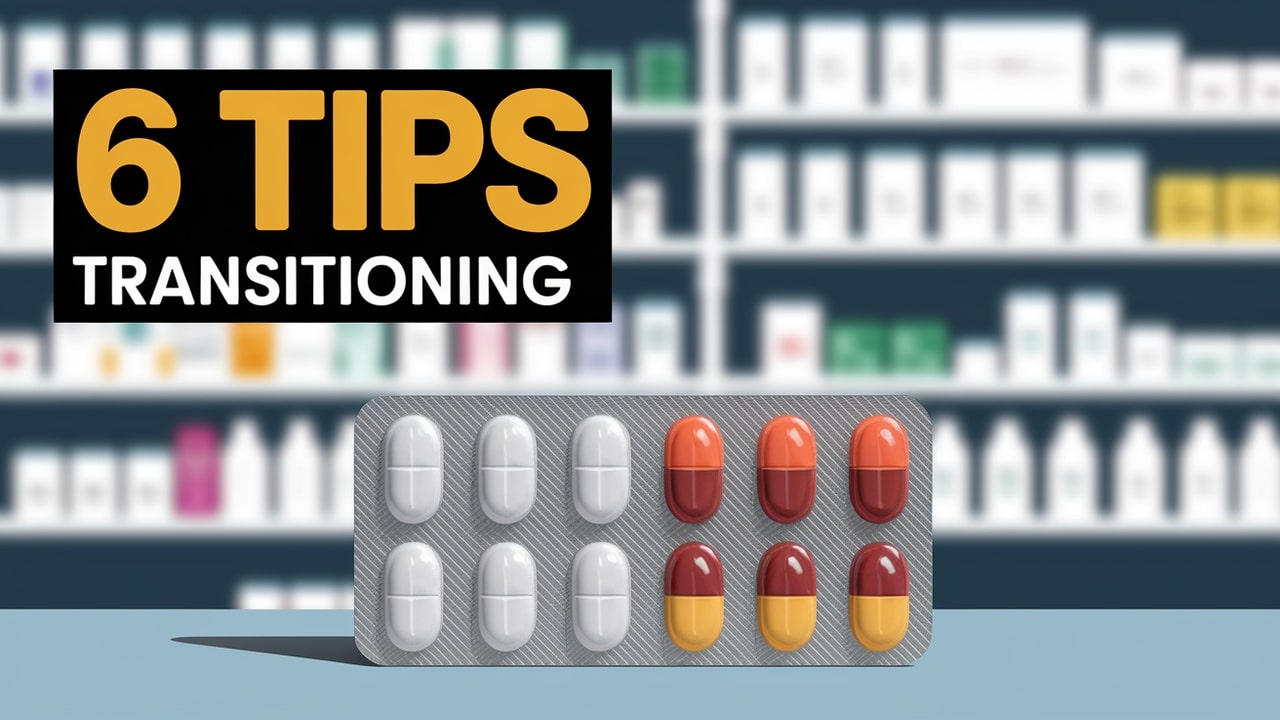
Gravity’s Grasp: The Science Behind Varicose Veins’ Affinity for Legs
Varicose veins, a common vascular issue, affect various body parts. However, legs often bear the brunt of this condition, making them prime territory for developing varicose veins. This article delves into the unique dynamics contributing to this phenomenon. We will explore the causes and prevention strategies of varicose veins, specifically focusing on the lower extremities.
Table of Contents
What Causes Varicose Veins?
Varicose veins, those twisted and bulging veins often found in the legs, have multifaceted origins. Understanding the development of varicose veins requires exploring the contributing factors.
Venous Insufficiency: How Veins Work
Understanding the normal functioning of veins is crucial to grasp the causes of varicose veins. Veins play a pivotal role in the circulatory system. They are responsible for carrying blood back to the heart. However, when veins encounter difficulties in this process, a condition known as venous insufficiency can develop. For people already dealing with a vein condition, seeking professional help becomes crucial. A Vein clinic in Orlando can offer tailored solutions that are minimally invasive.
The Role of Inflammation: A Contributing Factor
Inflammation is a key player in the anatomy of varicose veins. Chronic inflammation can further compromise vein walls. It also contributes to the development of conditions like superficial thrombophlebitis. This condition occurs when veins near the skin surface become inflamed, causing severe pain.
Factors Contributing to Varicose Veins: Beyond Genetics
Genetics can predispose you to varicose veins. However, several other factors play a significant role, including:
- Prolonged periods of standing or sitting
- Obesity
- Hormonal changes during pregnancy or menopause
Symptoms of Varicose Veins: Beyond Aesthetics
Recognizing the anatomy of varicose veins goes beyond their visible appearance. Common symptoms include:
- Aching or cramping in the legs
- Heaviness and swelling
- Skin changes
Understanding these symptoms is crucial for early intervention of varicose veins.
The Anatomy of Varicose Veins
Varicose veins, with their twisted and bulging appearance, represent a departure from the norm in the circulatory system. It’s essential to grasp the structural changes in their anatomy to understand varicose veins.
Differences Between Healthy and Varicose Veins: A Visual Contrast
Healthy veins maintain a smooth, cylindrical shape with valves that ensure efficient blood flow back to the heart. In contrast, varicose veins exhibit a distorted, tortuous appearance. The structural differences lie in the weakening of vein walls. The malfunctioning of valves leads to the accumulation of blood and the characteristic bulging.
Venous Insufficiency: Weakening of Vein Walls
One of the primary contributors to the anatomy of varicose veins is venous insufficiency. The weakening of vein walls sets the stage for the development of varicose veins. As veins lose elasticity, they struggle to maintain normal shape and function.
Valve Malfunction: The Culprit Behind Blood Pooling
In healthy veins, valves act as gatekeepers, allowing blood to flow only in one direction—towards the heart. Varicose veins, however, frequently feature malfunctioning valves. This allows blood to pool within the veins—the additional pressure causes the veins to bulge and stretch.
Understanding Gravity’s Impact on Circulation
Gravity that ever-present force keeping us grounded, also exerts a significant influence on our circulatory system. This influence is particularly notable in the veins in our legs. Let’s delve into the intricate relationship between gravity and vein health.
The Constant Battle: Blood Circulation Against Gravity
As blood circulates through our bodies, it faces the constant challenge of defying gravity, especially in the lower extremities. Veins are tasked with the responsibility of carrying blood back to the heart. They work against the downward pull of gravity. This constant battle can take a toll on the veins, particularly those in the legs, which are furthest from the heart.
Gravity’s Influence in Upright Positions
The effect of gravity on vein health is more pronounced in the upright position. When we sit or stand for a prolonged time, the pressure on the veins in the legs increases.
This increased pressure results from the need to work against gravity. It can cause a gradual weakening of both the vein walls and valves.
Wearing Down Veins: The Role of Gravity in Elasticity Loss
Vein walls, like any other tissue in the body, are subject to wear and tear. However, in the case of leg veins, the added challenge of gravity exacerbates this process. Over time, this can result in the loss of elasticity in the veins. This makes the veins more susceptible to dilation and varicosity.
Valve Compromise: The Impact of Gravity on Blood Flow
Moreover, the valves within the veins, responsible for ensuring one-way blood flow back to the heart, can become compromised due to the constant battle with gravity. When these valves fail to function optimally, blood can pool in the veins. This causes them to swell and become visibly distorted – the hallmark of varicose veins.
Lifestyle Choices Amplifying Gravity’s Effect
External factors don’t solely determine the impact of gravity on vein health. Individual lifestyle choices, such as prolonged periods of inactivity, can exacerbate the veins’ gravitational challenge. This is particularly relevant in professions that involve long hours on one’s feet or behind a desk.
Proactive Measures Against Gravity’s Impact
Understanding the role of gravity in vein health is the first step in developing preventive measures against varicose veins. Simple lifestyle adjustments like the following can help reduce the risk of varicose veins:
Taking breaks to walk or stretch during long periods of sitting
This can ease the gravitational stress on leg veins and improve blood flow.
Regular exercise, especially activities that promote leg muscle strength
This can enhance blood circulation and provide valuable support to the veins.
Conclusion
Gravity’s grasp on our circulatory system, particularly in the legs, highlights the vulnerability of veins to varicose conditions. Addressing varicose veins requires a holistic approach that prioritizes overall well-being. Seek professional advice for personalized guidance on managing varicose veins, ensuring a healthier and more comfortable life.






